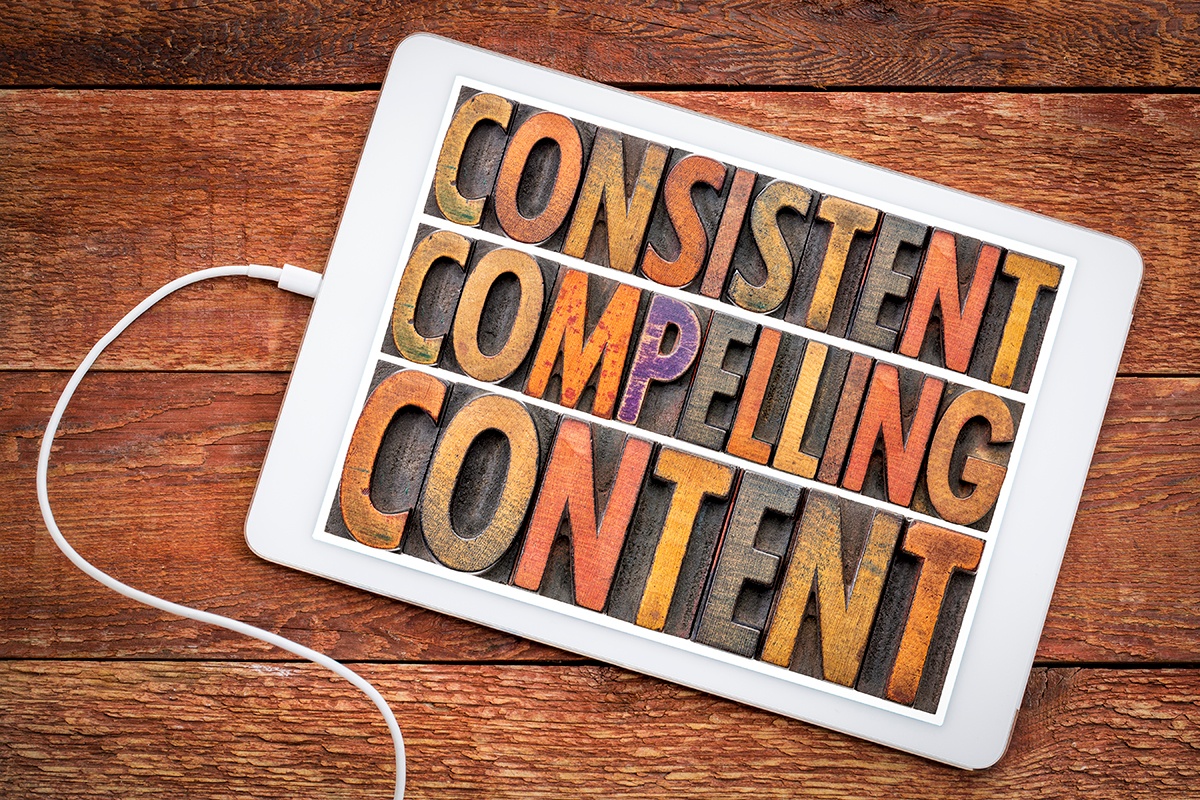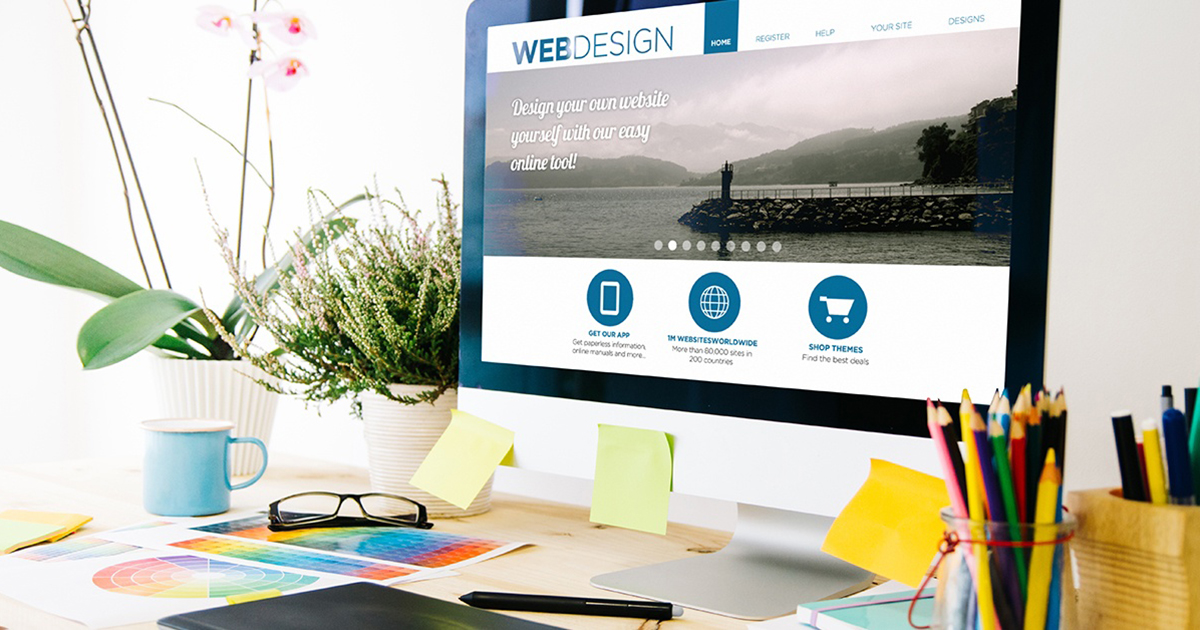Website design projects can be a challenge to navigate and mistakes can extend the process or sour businesses on the idea of keeping their website current. How can you avoid the pitfalls of a website design project gone bad?
One way to experience a successful website design project is to do your research before you engage with a website developer. Experience is the best teacher, however it’s less painful if you can learn from some else’s mistakes. And there is an abundance of stories about people who had projects that were frustrating for various reasons.
For over 18 years IQnection has been creating professional looking websites that have helped businesses to grow. Over the years we have heard of challenges that our customers had with prior website projects. We’ve also seen the result of poor execution of website design and technology.
We’ve put together an eBook that speaks to some of those website project hurdles and we’ve provided professional advice on how to overcome those pitfalls. If you heed the advice that follows you will be on your way to a more successful website design project.
“I don’t know who has control of my website.”
When we meet with business owners we sometimes hear, “I don’t know who has control of my website.” This is uncovered when we ask for login credentials to a domain registration or to a website hosting server. The reason we hear this statement is that there are many moving parts involved in a website design project and the technology pieces can be confusing. Let’s unpack this first pitfall.
 The first thing you need to understand about your website is that it resides on a server – a computer that is typically found in a large data center, and part of a system made up of interconnected computers. Your website has an identifying name and that is the URL or domain name. The person who owns the domain name can control where it points. So, if you don’t own your domain name that means the person who does can direct search engines and website users to whatever server, and therefore whatever website they like. And that may not be your site! They basically hold you hostage. We’ve had customers who had to start a new website name because the person controlling their domain name wouldn’t release it or had disappeared.
The first thing you need to understand about your website is that it resides on a server – a computer that is typically found in a large data center, and part of a system made up of interconnected computers. Your website has an identifying name and that is the URL or domain name. The person who owns the domain name can control where it points. So, if you don’t own your domain name that means the person who does can direct search engines and website users to whatever server, and therefore whatever website they like. And that may not be your site! They basically hold you hostage. We’ve had customers who had to start a new website name because the person controlling their domain name wouldn’t release it or had disappeared.
So how do you protect yourself?
 Before signing the contract, read the terms carefully, and ask the developer who will own the website and content if you want to move. The only correct answer in this situation is “You own everything.”
Before signing the contract, read the terms carefully, and ask the developer who will own the website and content if you want to move. The only correct answer in this situation is “You own everything.”
There’s nothing wrong with a developer listing themselves as the administrative and technical contact for a domain name. However, you should request you remain listed as the registrant contact, and make sure you have the username and password for the registration account in case you change developers. Ask the developer how they will handle domain name registration before you hire them.
The only foolproof way to avoid problems is to retain all control of the domain and ask the hosting company to make the needed changes to point the domain name to the new website space instead of giving the developer the username and password to the domain registration.
“My Website Looks Like Every Other Website”
 The next website design project pitfall is that due to the proliferation of template-like content management systems, such as WordPress, many websites look identical. If you can take a competitor’s logo and put it on your website and your website looks just like their site, you have a generic looking website. If you have a generic look and feel you will be hard pressed to separate yourself from your competitors.
The next website design project pitfall is that due to the proliferation of template-like content management systems, such as WordPress, many websites look identical. If you can take a competitor’s logo and put it on your website and your website looks just like their site, you have a generic looking website. If you have a generic look and feel you will be hard pressed to separate yourself from your competitors.
Why do you see so many similar looking websites? The answer often lies in the fact that it is easier for a developer to take a template and throw in some photos and text than it is to create a custom design. This allows them to create a less costly website. If all you are concerned about is budget and effectiveness is unimportant then that is a great solution. Just make sure the developer is passing the development cost savings on to you.
How do you uncover this challenge before you sign up with a website developer? Ask the developer this question: “Do you do custom designs, or do you use a template?”
Developers often push WordPress websites, because their template allows them to create a website quickly and inexpensively. However, WordPress isn’t the easiest platform for users, and some WordPress plugins don’t render well on all devices. In addition, the template selected may have certain restrictions that impact the flexibility of the design. WordPress also appears to be more prone to hacking or unauthorized access than some less widely used content management systems.
“What is your web design process?”
A lack of understanding about the website design process used by various developers is the base of this pitfall. It is also related to the use of templates noted above.
 Before you sign on with a website design company find out if you will you have input before the designs are complete, or will you only get to see a finished product? Does the process allow for feedback from you and are there costs associated with revisions? If a template is used the design process may simply be swapping photos in and out of a box on the page.
Before you sign on with a website design company find out if you will you have input before the designs are complete, or will you only get to see a finished product? Does the process allow for feedback from you and are there costs associated with revisions? If a template is used the design process may simply be swapping photos in and out of a box on the page.
When we meet with a potential customer, we walk through our multi-phase design process and explain that they will have multiple custom design options to review. We also include a multi-step revising process on the selected design so that our customer is happy with the design before we start building out the internal pages of the website.
Ask your potential developer to walk through their website design process and to talk about how many custom layouts/designs you will get to see. Also ask about the website design revision process and any associated costs that may be applied to changes.
“My website still isn’t live”
This pitfall often occurs because the question of website design project development time wasn’t asked or because the low-cost leader was selected. We also hear this from people who use a solopreneur developer. When a website design company is made up of one person you are captive to their schedule and health. They may not mean to delay your project, but life gets in the way and if there is no backup you will need to wait your turn. This is where we hear stories where the developer has disappeared or can’t be reached.
There are many factors that go into deciding which website design vendor to select. And with websites the role that search engine optimization and other online marketing plays in growing a business is a determining factor. Is your website design team also equipped to market your website? To have a beautiful website is nice, but your business won’t grow if people can’t find your website to see how nice it looks.
Are you looking for a vendor or a partner? The best website design project companies come alongside of your company to deeply understand your audience and your business. That value-add relationship can provide business intelligence that will provide a different prospective for your management team. It can be difficult when you are in the day-to-day work to gain a greater perspective of what you can be doing to improve the business.
 Best-in-class website design project firms are experts in designing for the web. Oftentimes print designers can create fantastic work for print, yet those designs may not translate to the web. It seems counter intuitive, however the requirements for the web are significantly different that print. And with the move toward mobile friendly websites the mechanics of website design are critical for success. It’s no fun to try and view small text while surfing the web on a cell phone. And if you have fat fingers like me, poorly designed online form fields can be frustrating. That’s why, at IQnection, we create form fields that are easy to fill in no matter the mobile device used.
Best-in-class website design project firms are experts in designing for the web. Oftentimes print designers can create fantastic work for print, yet those designs may not translate to the web. It seems counter intuitive, however the requirements for the web are significantly different that print. And with the move toward mobile friendly websites the mechanics of website design are critical for success. It’s no fun to try and view small text while surfing the web on a cell phone. And if you have fat fingers like me, poorly designed online form fields can be frustrating. That’s why, at IQnection, we create form fields that are easy to fill in no matter the mobile device used.
In today’s online environment a website is the delivery mechanism for content that is used to help move buyers through their buying process until they are ready to contact you or make a purchase. Therefore, the look and feel of the website, as well as how easy it is to navigate are important factors in determining the success of the website design project.
The messaging on a website can drive a campaign’s success. Does the copy resonate with the audience? Is the text compelling or just something to fill the page. Website design should also take key messaging into consideration. What are your unique selling propositions? Are they clearly outlined on the Home page?
 You only have 3-5 seconds to get someone’s attention when they get to the website, so the content should be strong and concise. It should also be memorable. We did a website design project for a company that produces O-rings and seals that get used by manufacturers in their manufacturing process. When we spoke to some of their customers they noted that the quality of the product is paramount. Because, if a $10-$15 O-ring fails in a jetliner many lives could be at stake. “When the seal matters, Gallagher delivers” is the tagline we created for their business. That transformed their website design project and their marketing messaging.
You only have 3-5 seconds to get someone’s attention when they get to the website, so the content should be strong and concise. It should also be memorable. We did a website design project for a company that produces O-rings and seals that get used by manufacturers in their manufacturing process. When we spoke to some of their customers they noted that the quality of the product is paramount. Because, if a $10-$15 O-ring fails in a jetliner many lives could be at stake. “When the seal matters, Gallagher delivers” is the tagline we created for their business. That transformed their website design project and their marketing messaging.
We certainly understand budgets; however, your website design project and your online marketing effort are a representation of your business. When someone looks at your website and your marketing messages they evaluate your business without even speaking with you. Sure, you could pay a college student a pizza and a case of beer to create a website, but isn’t your business important enough to devote quality time and resources?
It’s 2018 and the internet drives most consumer’s purchasing decisions and their research. The return on investment of a well planned and implemented website design project can be significant. In addition, just like your house, your website is a piece of property. As you improve it you build equity in that property.
Given the importance of a well-designed website to your business it is something that deserves your attention. If, as a business owner, you’ve delegated the website design project to someone on your staff, it is in your best interest to ask the questions outlined in this article and in the accompanying eBook. We’re sure you don’t want to become one of those sad website design stories we year each month.










